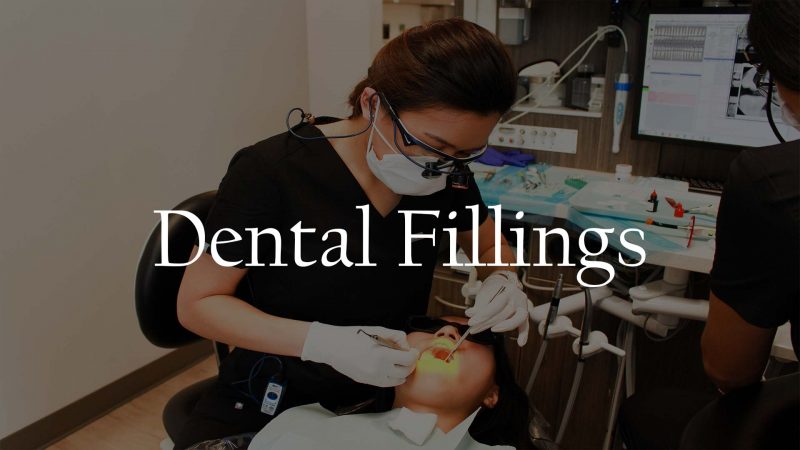Cosmetic Dental Bonding And Dental Veneers Can Improve Your Smile
In addition to treating cavities and broken teeth, dental procedures like veneers and dental bonding enhance the appearance of healthy teeth. While bonding is done to a smaller piece of the tooth, veneers are put to the entire front surface of the tooth. Your teeth will look better thanks to bonding and veneers, which alter their colour, shape, angle, and spacing. Teeth that are discoloured, have gaps between them, or are chipped, cracked, or broken can all be fixed by your dentist.
Dental Bonding
Who is carrying out this procedure?
Your teeth cosmetic bonding dentist may recommend that you see a prosthodontist, or they may do veneer and tooth bonding procedures. A dentist who has finished a post-graduate specialist school in prosthodontics at a university is known as a prosthodontist. The dental speciality of prosthodontics focuses on restoring and artificially replacing natural teeth and tissues.
How to form bonds
Your dentist positions a matrix between the tooth you're treating and the neighbouring teeth. A thin, transparent plastic layer called a matrix shields neighbouring teeth from wayward composite resin.

After that, your dentist uses a small chemical to roughen the teeth slightly. This facilitates the composite resin's ability to adhere to your tooth's enamel. To ensure that the bonding mixes in with your teeth, composite resin that is the same colour as your natural teeth is used. Your dentist applies layers of composite resin to your teeth. The composite resin is hardened layer by layer using a light. Your dentist forms and polishes the composite resin after the last layer has solidified. Dental bonding may be the most suitable option if you have cracked or chipped teeth. Schedule a consultation with Cosmetic Bonding Near Me.
Dental Veneers
How veneers made of composite resin are made
Similar to bonding, your dentist slightly roughens the tooth's front surface, which will be veneered with a moderate chemical. This facilitates the composite resin's adhesion to the tooth's enamel. To ensure that the veneer blends in with your teeth, composite resin that is the same colour as your natural teeth is used. Next, your dentist applies layers of composite resin to your tooth. The composite resin is hardened layer by layer using a powerful light.
How to apply porcelain veneers
Your dentist may use a local anaesthetic (freezing) with porcelain veneers. To create space for the veneers, your Dental Veneers Houston dentist will remove a small portion of your teeth's enamel. Next, a mould of your teeth is created by your dentist. You may create personalized porcelain veneers with this mould. To fill in the space left by the removed tooth, your dentist may apply temporary veneers. Until your porcelain veneers are ready, you wear these.
What Are The Benefits and Drawbacks of Veneers versus Bonding for Teeth?
Bonding Can Help You See Results More Quickly
Bonding teeth is a quicker, more seamless process that can typically be completed in a single visit. Teeth bonding yields short effects after just one session. Veneers—especially porcelain veneers—require several sessions. Taking an impression of your tooth and choosing the appropriate veneer hue is part of the first appointment.

You Might Need to revisit the Dentist After Tooth Bonding
The longevity of dental bonding may be shortened if you have experienced an accident. Because damaged tooth bonding is painful, it must be replaced. Dental veneers could likewise fall under this category.
Bonding Tooth Doesn't Remove Discolorations
While dental bonding therapy is more likely to leave stains, dental veneers are durable and stain-resistant. Ensure you practice good dental hygiene to keep your teeth white and spotless to prevent it.
Veneers Appear More Authentic
Compared to Cosmetic Dental Bonding, dental veneers are considered more translucent and natural-looking. Veneers are custom-fabricated, so they are more likely to resemble your natural teeth, even though both are meant to restore your smile.
Conclusion
It's time to choose between veneers and tooth bonding. Which choice is best depends on how much treatment and work you need on your teeth and gums. For instance, tooth bonding can fix minor chips and cracks. However, dental veneers are a viable alternative if you'd like a complete smile makeover and your chips, cracks, and alignment are more severe.
Comments
Post a Comment